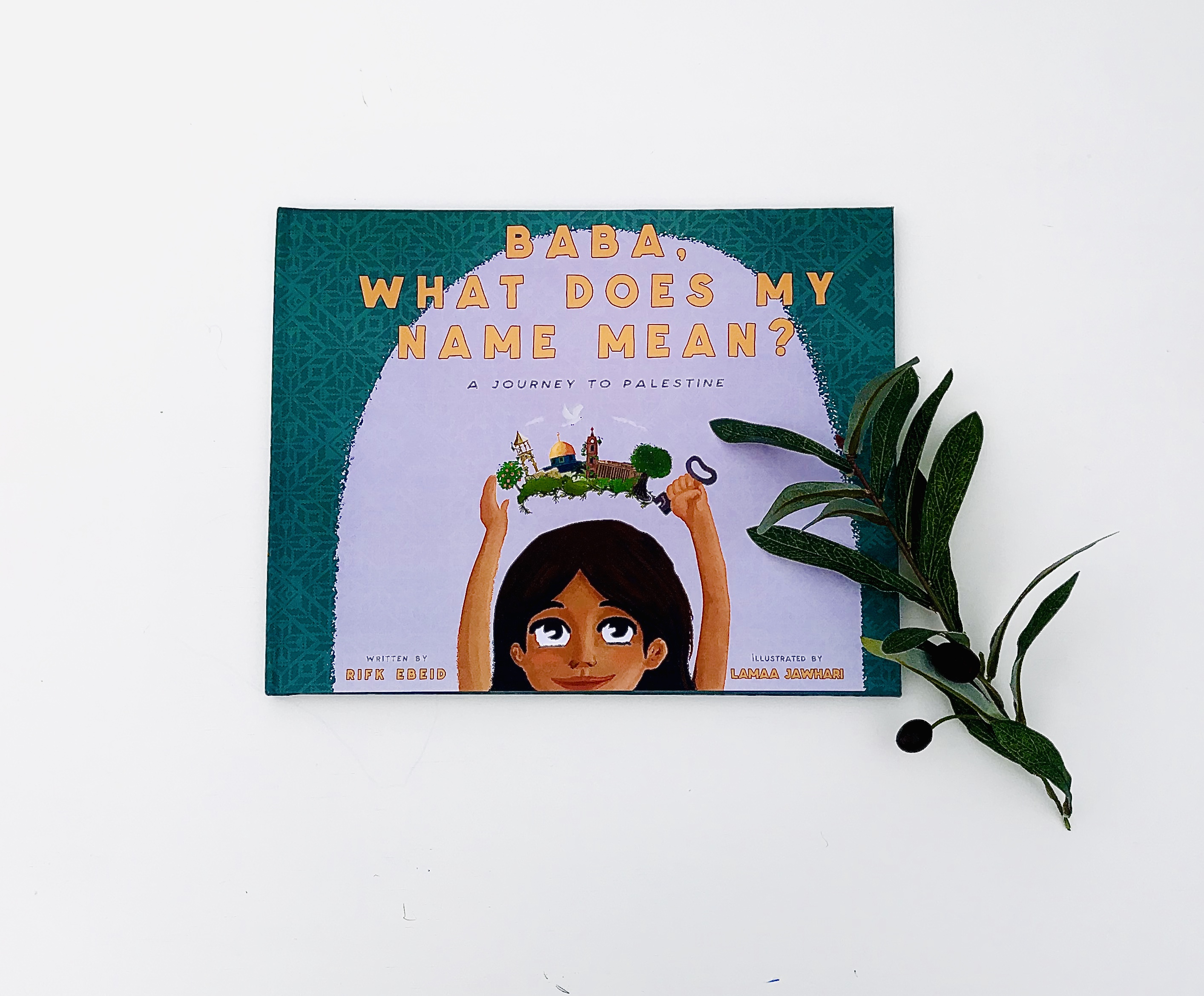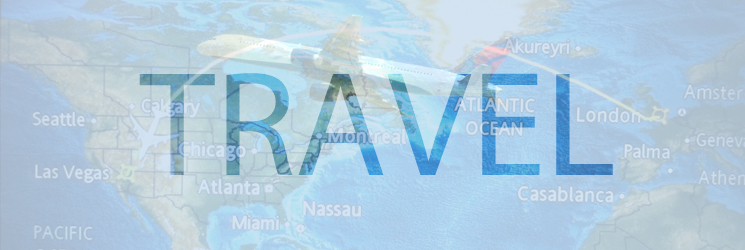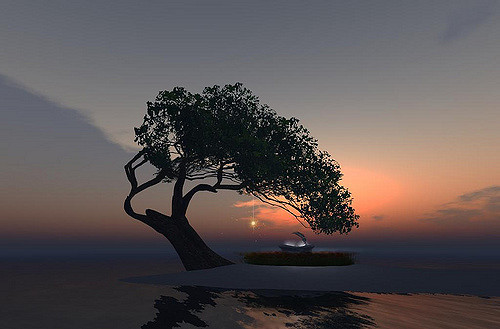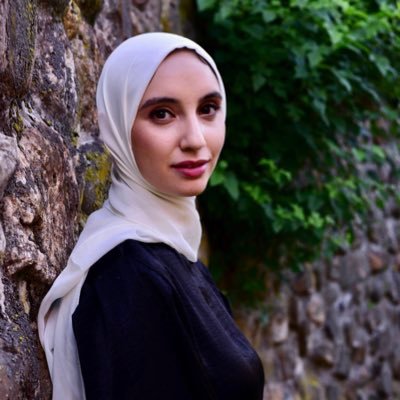altM editor, Asma Uddin, had a chance to speak with author Rifk Ebeid about her new book, Baba, What Does My Name Mean? You can connect with Rifk at www.BabaWhatDoesMyNameMean.com and on Facebook and Instagram @BabaWhatDoesMyNameMean.
Rifk, it was an absolute pleasure to read the book. I felt like it was a children’s book, tour guide, love story, and political protest all wrapped in one!
The text really evoked the sights and smells. I could taste the kunafah! And I loved the colors, the clothing and the joyfulness of song and dance. I also noticed that you wove in the spiritual elements of Al Quds so beautifully with the natural scenes.
Can you tell me what inspired you to undertake this project?
I strongly believe in the importance and necessity of indigenous cultures to write their own narratives, and not allow others to write it for them. The whole aim behind this book was to introduce children to the beauty of Palestine, not its politics. Usually the first time someone hears about us is as a political problem. We are an indigenous people with deep, solid roots in a beautiful homeland and we have a rich and resilient culture. This is how children should be introduced to our story and our humanity.
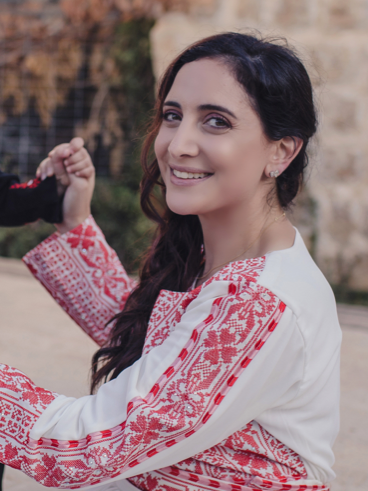
In spite of our tragic circumstances, Palestinians both in Palestine and in the diaspora have managed to successfully produce a wealth of literature and scholarship in an array of fields. One of the areas I noticed we were lacking in, though, is children’s literature about Palestine. Children’s literature is an incredibly important genre to be in, as these stories provide invaluable life lessons and give children their first opportunity to experience the world. It has always been a dream of mine to use my voice in a manner that operates sort of like a “sadaqa jariya” for the Palestinian cause, so I thought what better way than to start with the children who will eventually grow to be our future leaders.
You’re so right that children’s books are a crucial type of sadaqa jariya. It’s so important to shape young minds and the way they look at the world as they grow up.
What was the process like in writing this book, finding an illustrator and publisher and getting the book into the world?
This has been a 2.5 year, unexpectedly daunting, and expensive process.
Writing process: Although my entire educational and career path has involved a lot of heavy writing, I never felt like writing came particularly easy to me. So, what is crazy with this book is that I was just sitting at my computer one day and I suddenly felt the words pouring out of me. Within minutes I had my intro and ending and sat there astounded, wondering how that had just happened. And unfortunately, it never happened again! I knew I had a good foundation though, so I spent my nights (after getting my kids to sleep) researching and writing. I wrote a ton of drafts and had a few incredible friends who would read them and offer their suggestions and input, and then had to edit it even more once the illustrations were done. I was actually editing the book up until the very last print sample!
Finding a publisher: This was my first time publishing a book, so finding a publisher was a huge challenge for me. I knew I wanted to self-publish because of the “sensitive” nature of the topic and I wanted control over the content. I also naively thought that if I self-published, the process would be easier and faster. When I searched online, it led to a lot of headaches and confusion, as the self-publishing world is quite vast. To help streamline the process, I reached out to other Muslim authors to ask about their experience and their recommendations, and one of them recommended the publishing company they had used, and that’s the one I eventually went with as well.
Finding an illustrator: This was the hardest, yet most important part, of this whole project. I knew finding the right illustrator was crucial to bringing this book to life. After reaching out to a lot of illustrators with no luck, I finally found one who I thought saw my vision and was as excited about the project as I was. We exchanged many e-mails with sketches and ideas, until one day the illustrator expressed concern about how to draw the map of Palestine. They asked to consult with some colleagues and to get back to me, after which I received an e-mail indicating that they would no longer be able to work on the book with me because they were advised it would negatively impact their career. I can’t say this was unexpected, but I was devastated and honestly ready to give up. Thankfully, my husband stepped in and reached out to friends and family and found Lamaa. There is an Arabic proverb that says, “With every setback, there is goodness” and it couldn’t have been more true in this case. Lamaa is not only a talented illustrator, but also an animator and is the reason we were able to create our animated book trailer. She graciously and patiently worked with me to perfect every page, even down to the minute details. So alhamdulillah, I am so grateful for how things worked out in the end!
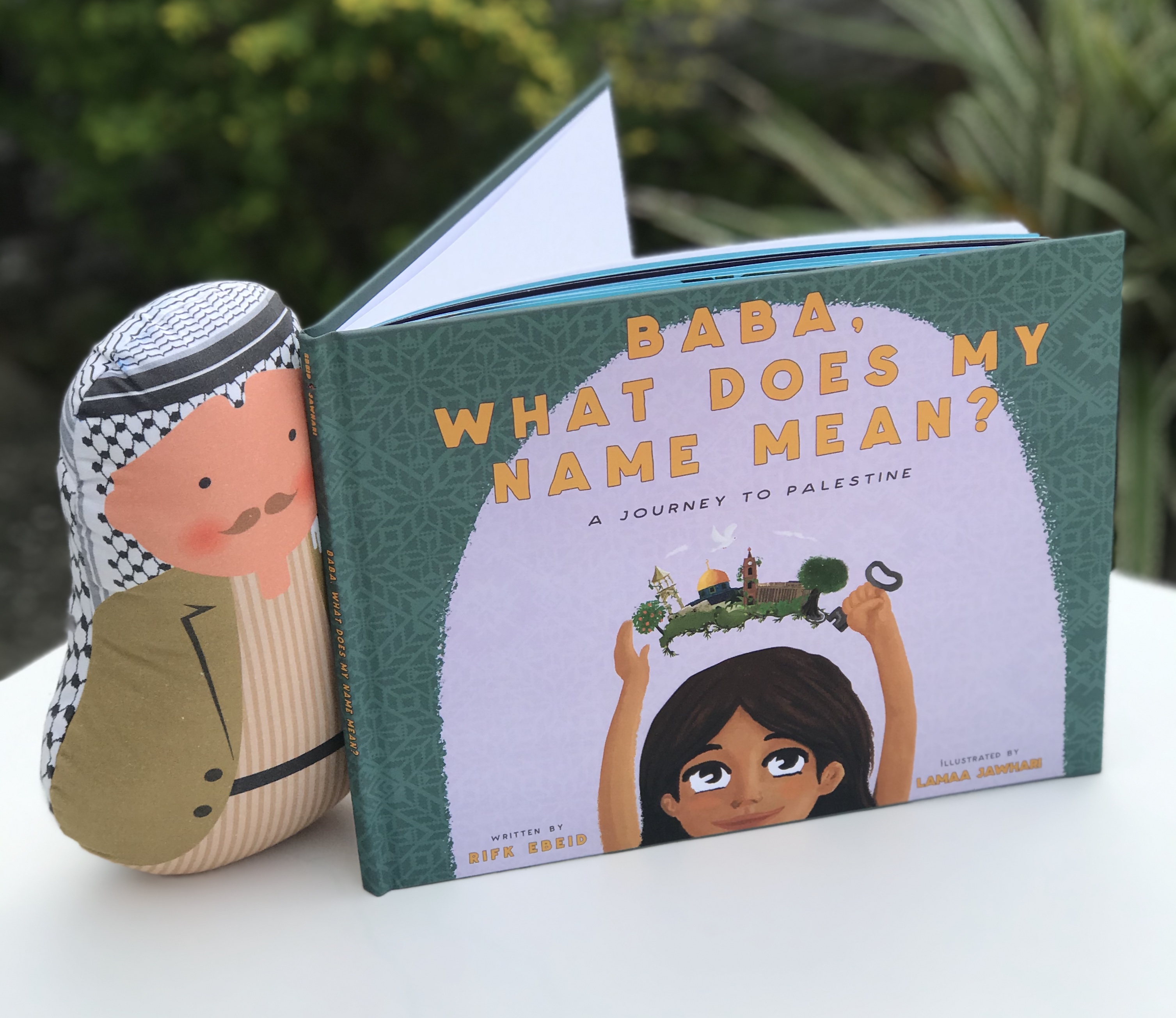
Your choice of “Saamidah” as the name to focus on is quite telling – it’s reflects so subtly but powerfully the hope of the Palestinian people to return to their homeland. How did you choose that name?
I knew I wanted her name to be something related to Palestine. I always loved the name “Thawra,” which means revolution, but since this is a children’s book, I wanted to choose a name that was more stoic and hopeful. The catastrophe and tragedy that befell us, led many Palestinians to give their children names that relate to our struggle. You see names like Kifah (struggle, fight), Intisar (victory), Nidal (struggle, battle), or city names in Palestine. The word or concept of “sumood” or steadfastness is used a lot to describe Palestinians, but I had never heard it used as a name. I love unique names and so I thought it would be perfect to make it my main character’s name.
What you say about Palestinian name choices is so profound. Such deep stories wrapped into each name. It makes me appreciate the angle you took on this book even more. Have you received any surprising responses to the book?
I still can’t believe the book is out and that people are reading it and enjoying it! Thankfully the positive responses have been overwhelming and I am so humbled and happy to hear how much people are resonating with it. I haven’t received any vitriolic or angry responses…yet.
The book includes discussion questions. Are you hoping this book is used in educational settings? Or is it more geared toward conversations between parents and kids?
Both. I included a lot of subtle themes within the book that I was hoping parents could help their kids pick up on or think about. I would also love for the book to be used in educational settings as well, and hope it encourages teachers to include more diverse voices in their lesson plans. I know many schools do some form of “around the world” events and hope my book can be included and help to normalize a discussion on Palestine and Palestinians.
The book also ended with the very provocative “To Be Continued…” – is that to signal that the story of Palestine is ongoing, or that you hope to dig into the story of displacement in a future book project?
It alludes to the sequel, inshallah, where we learn how Saamidah became a refugee.

